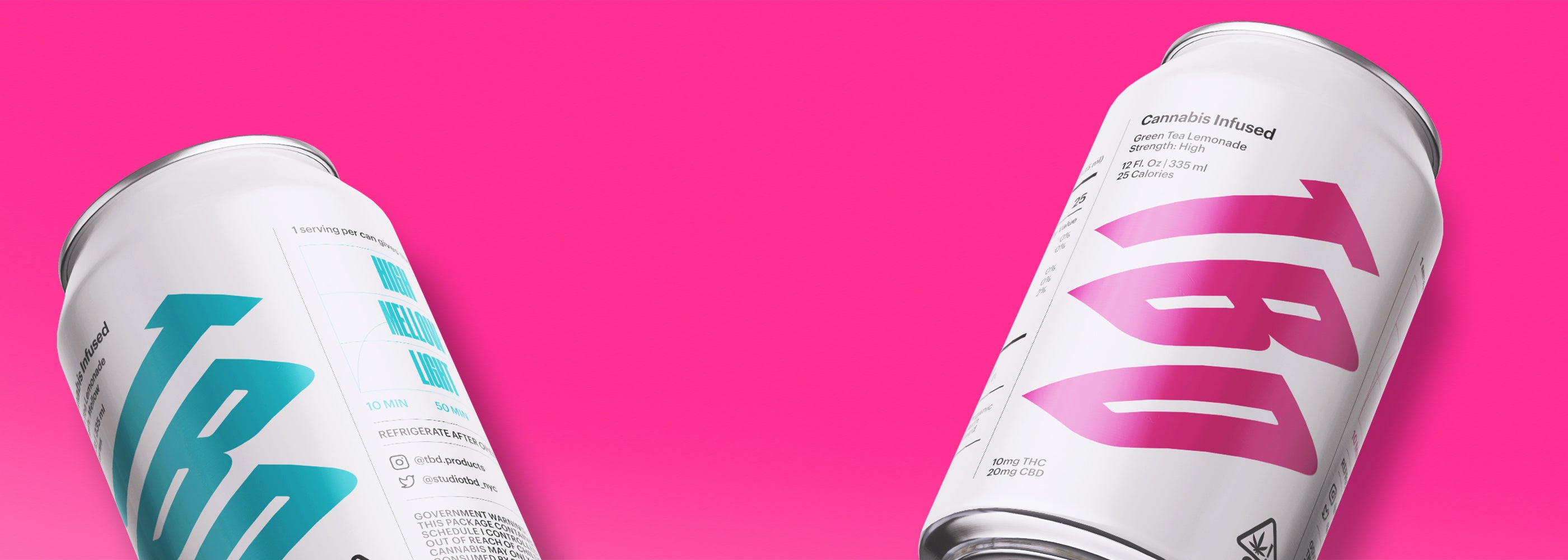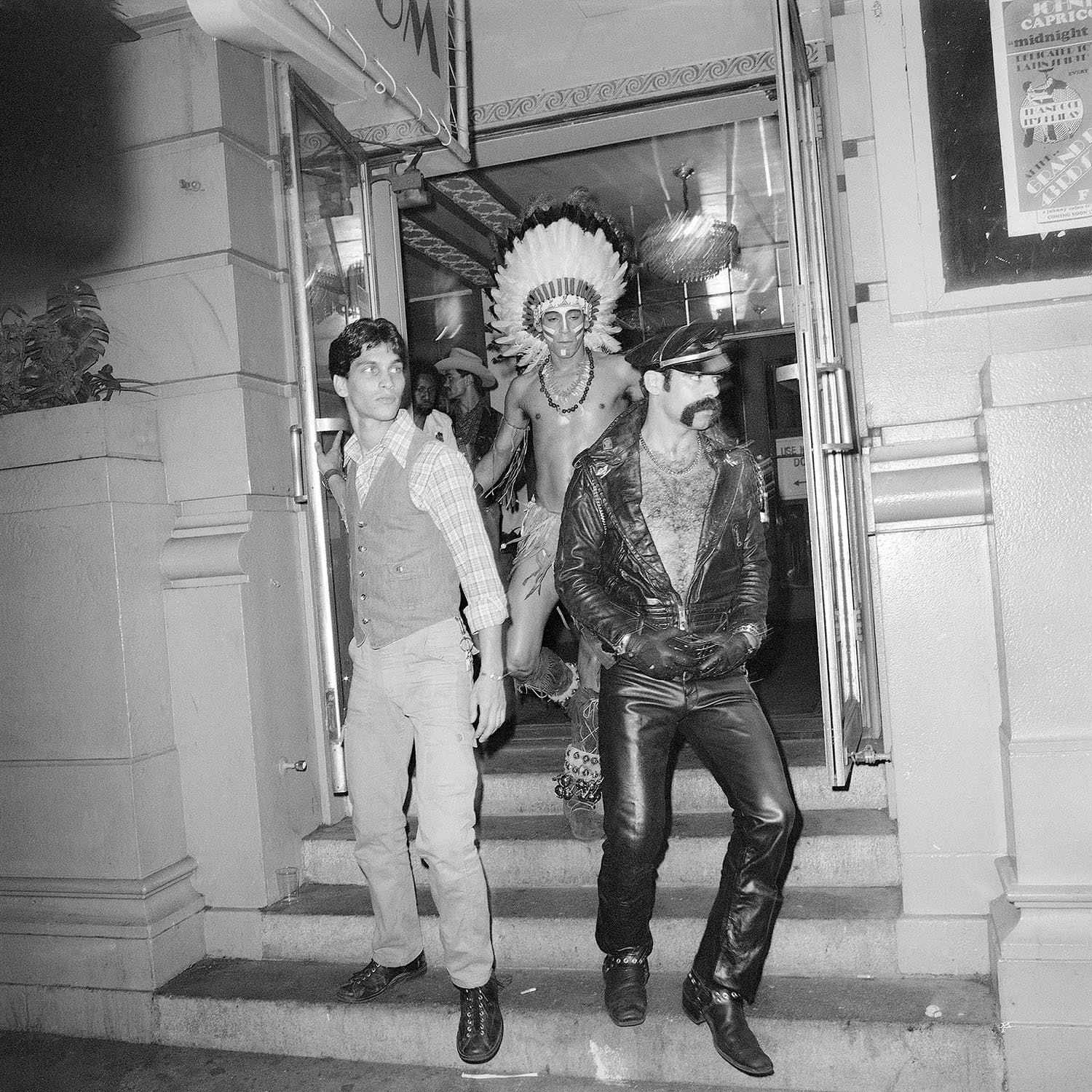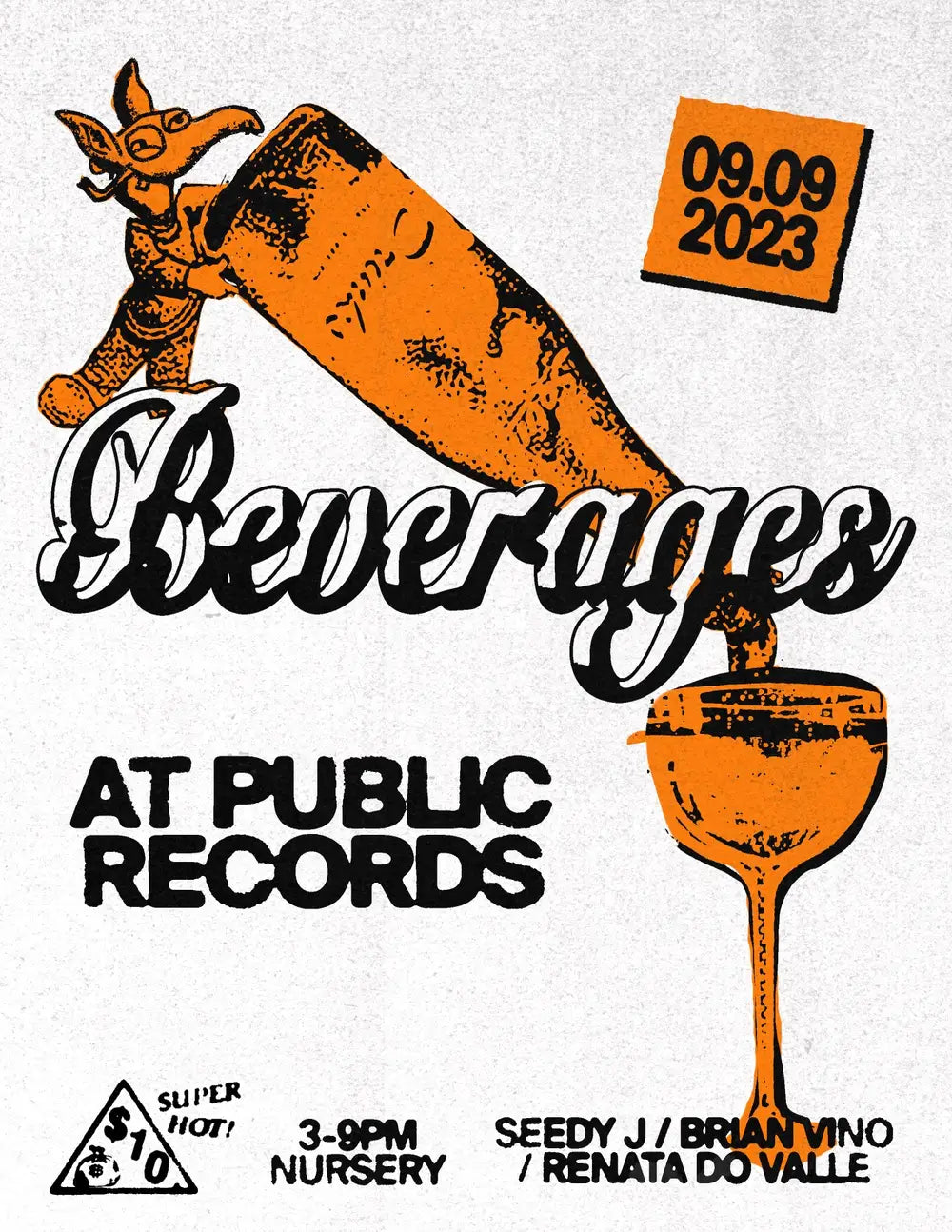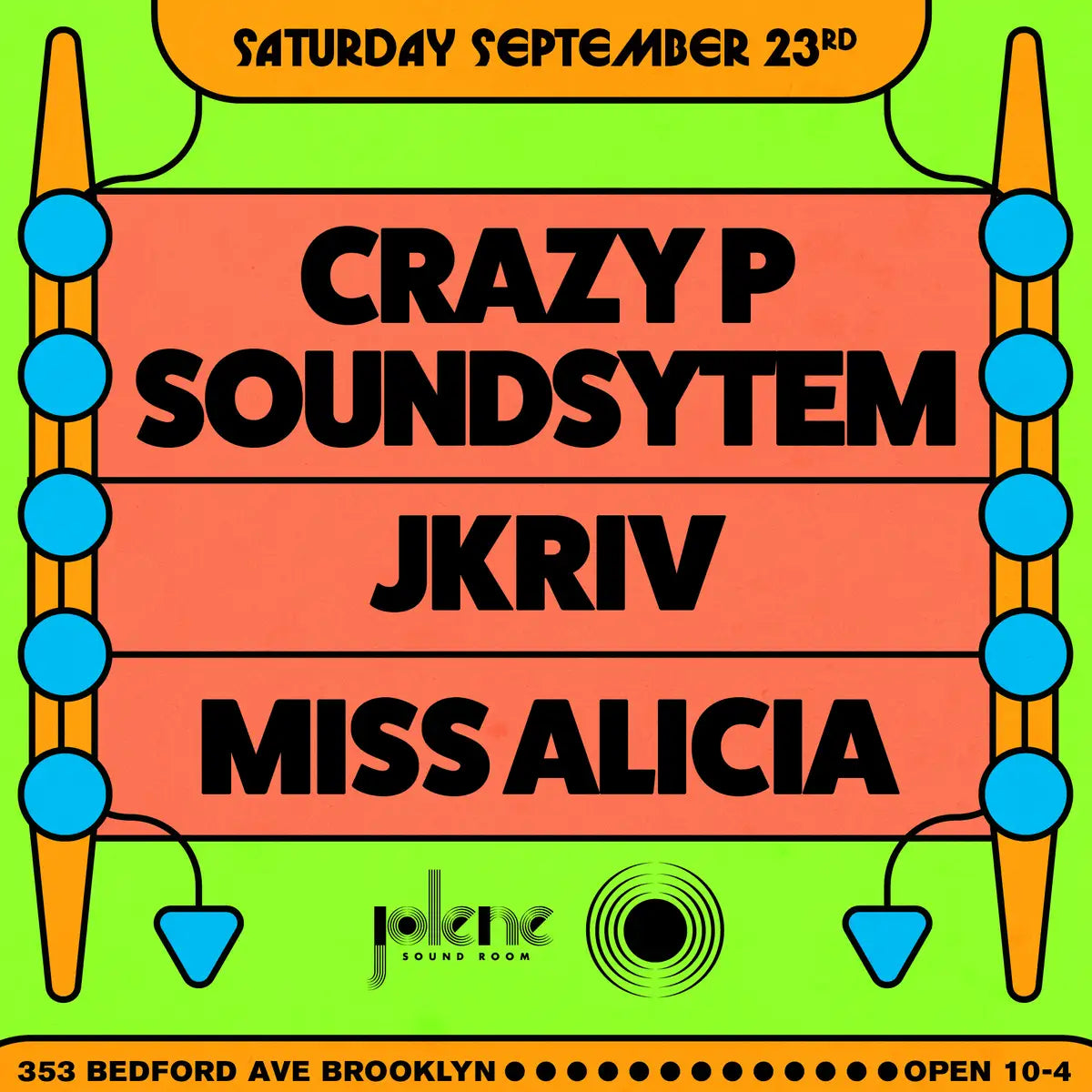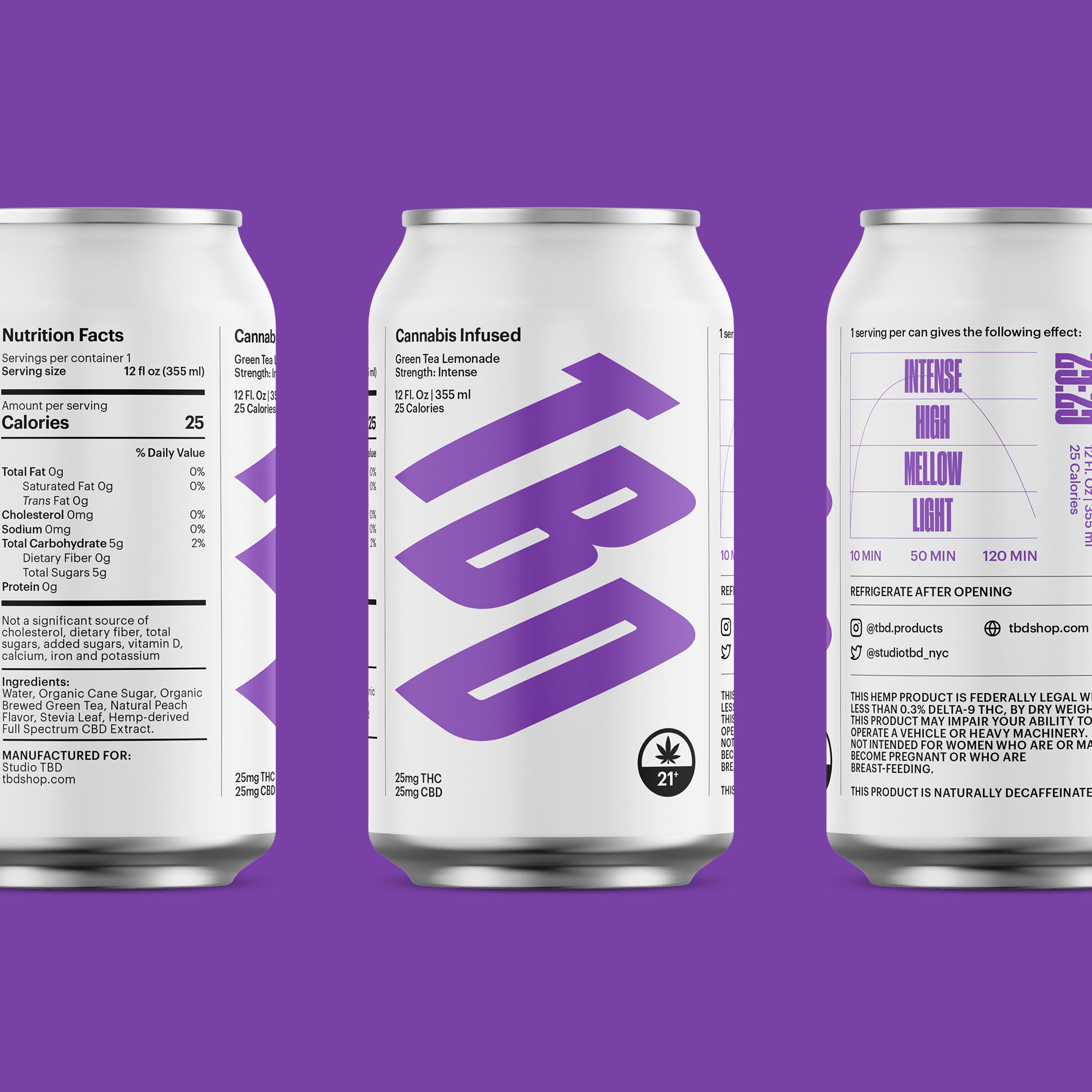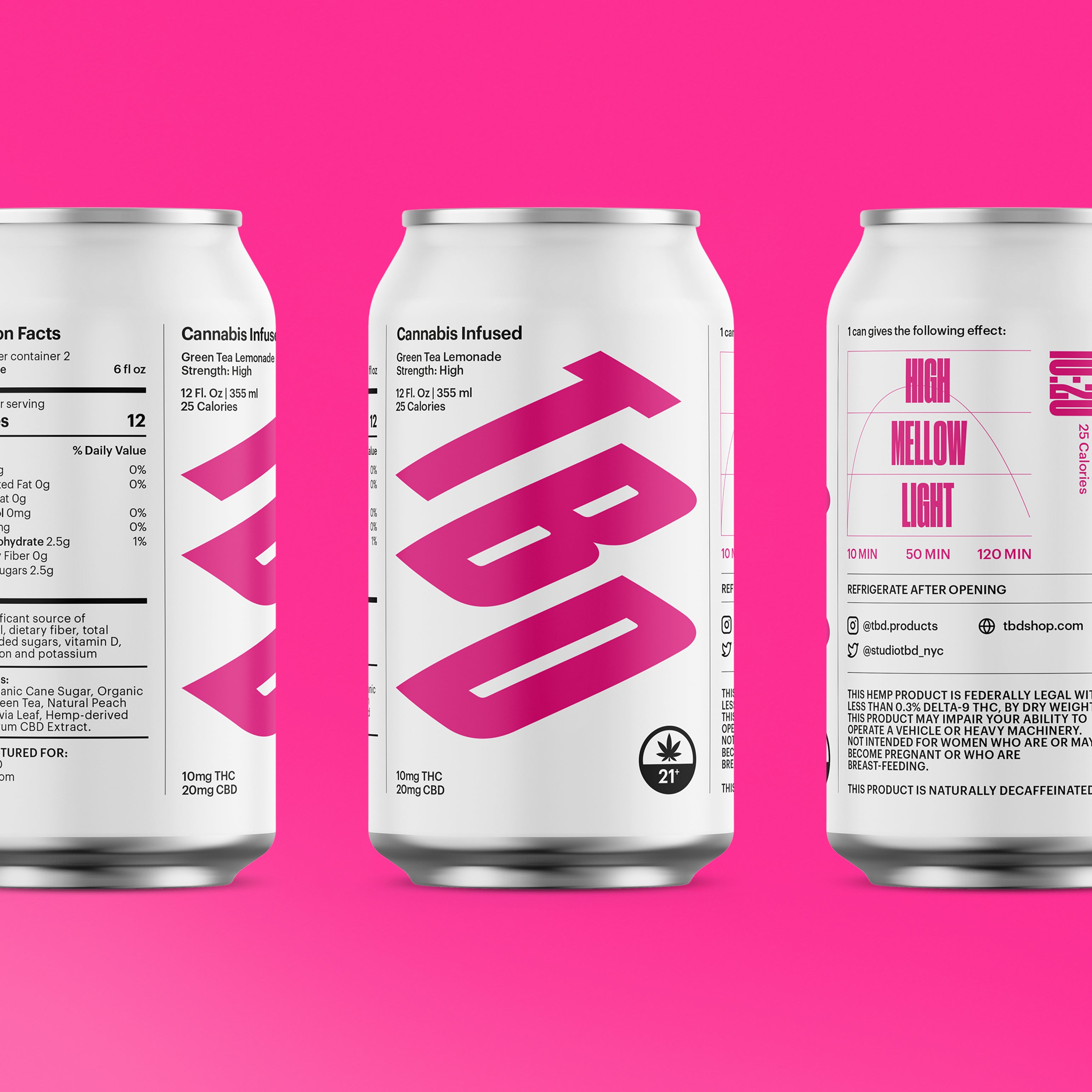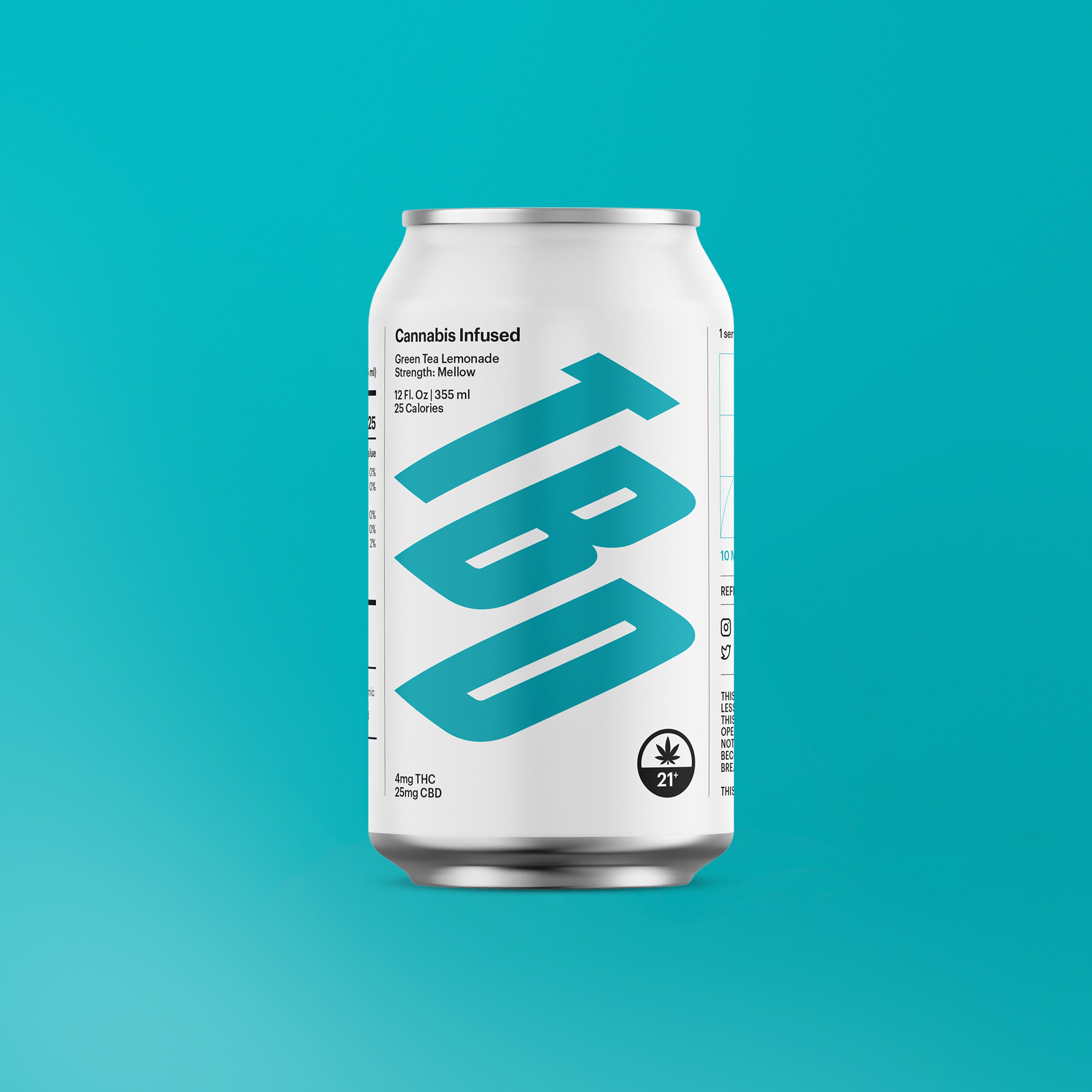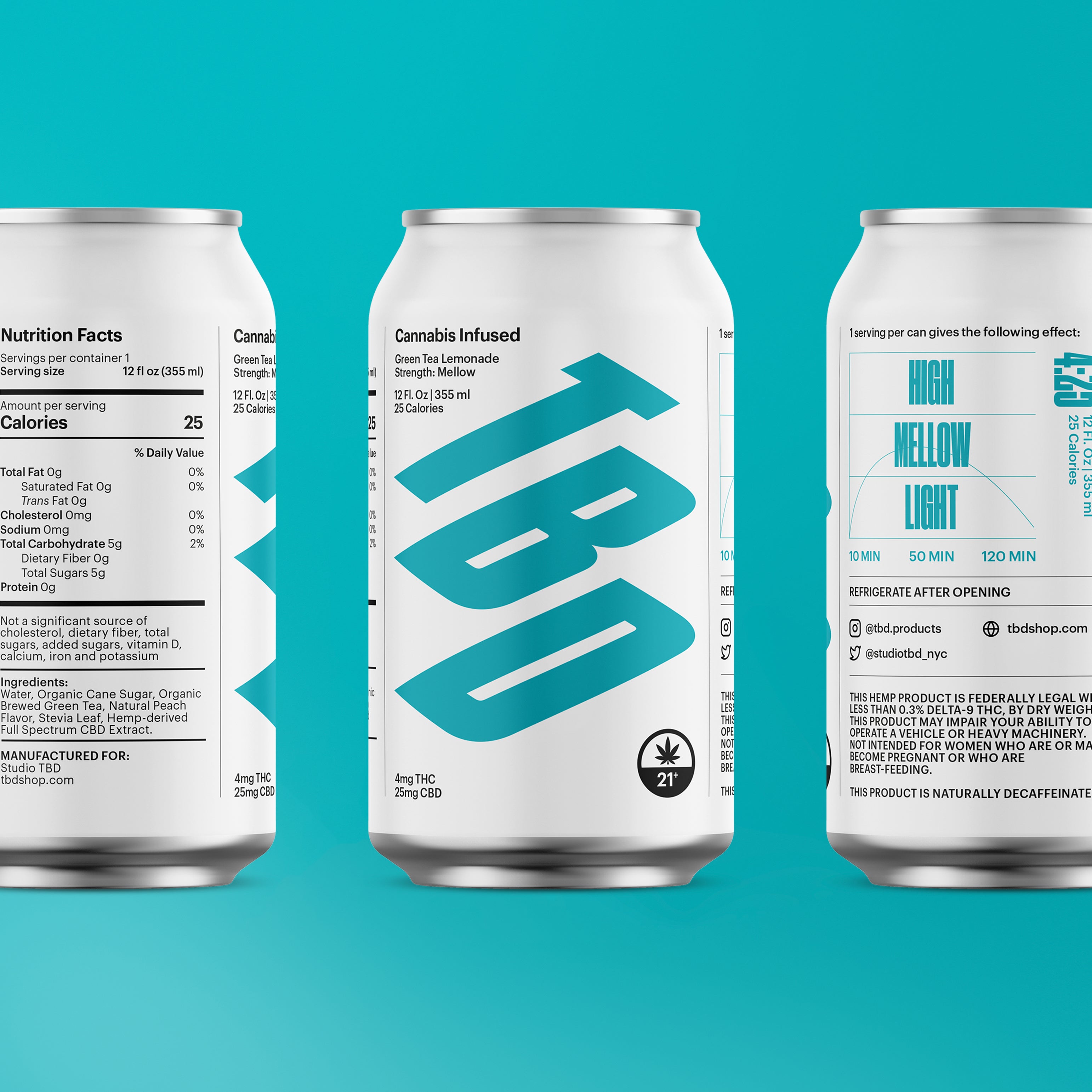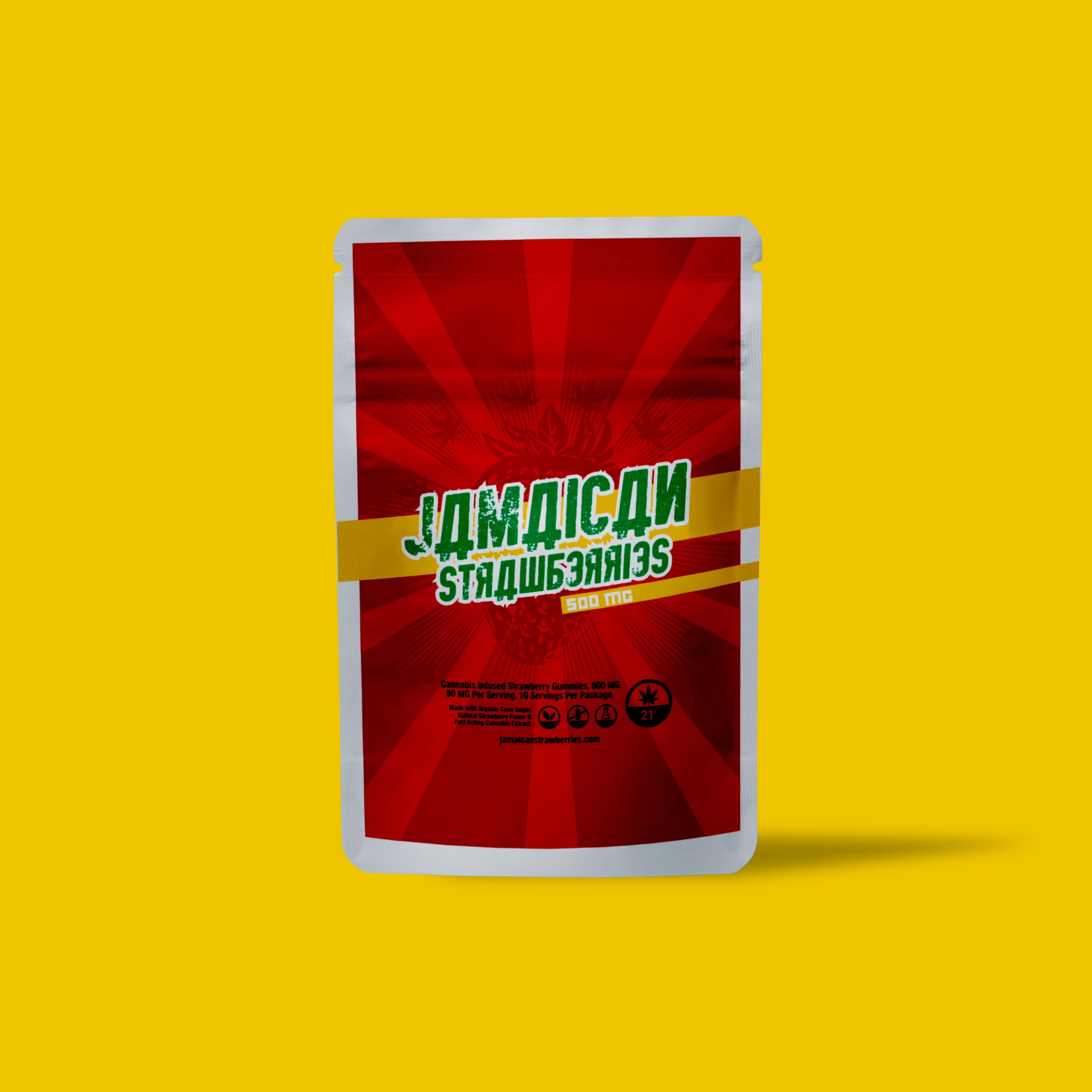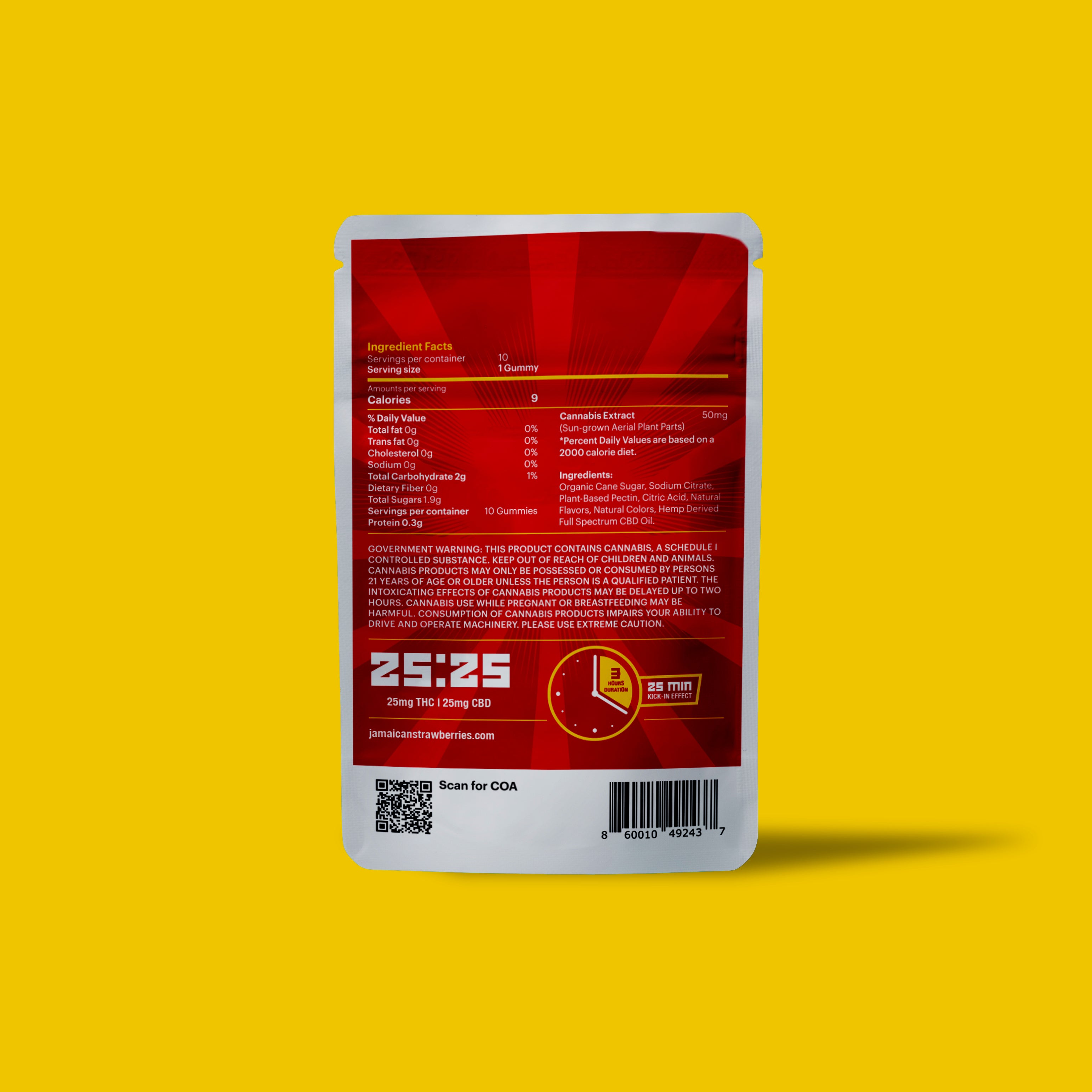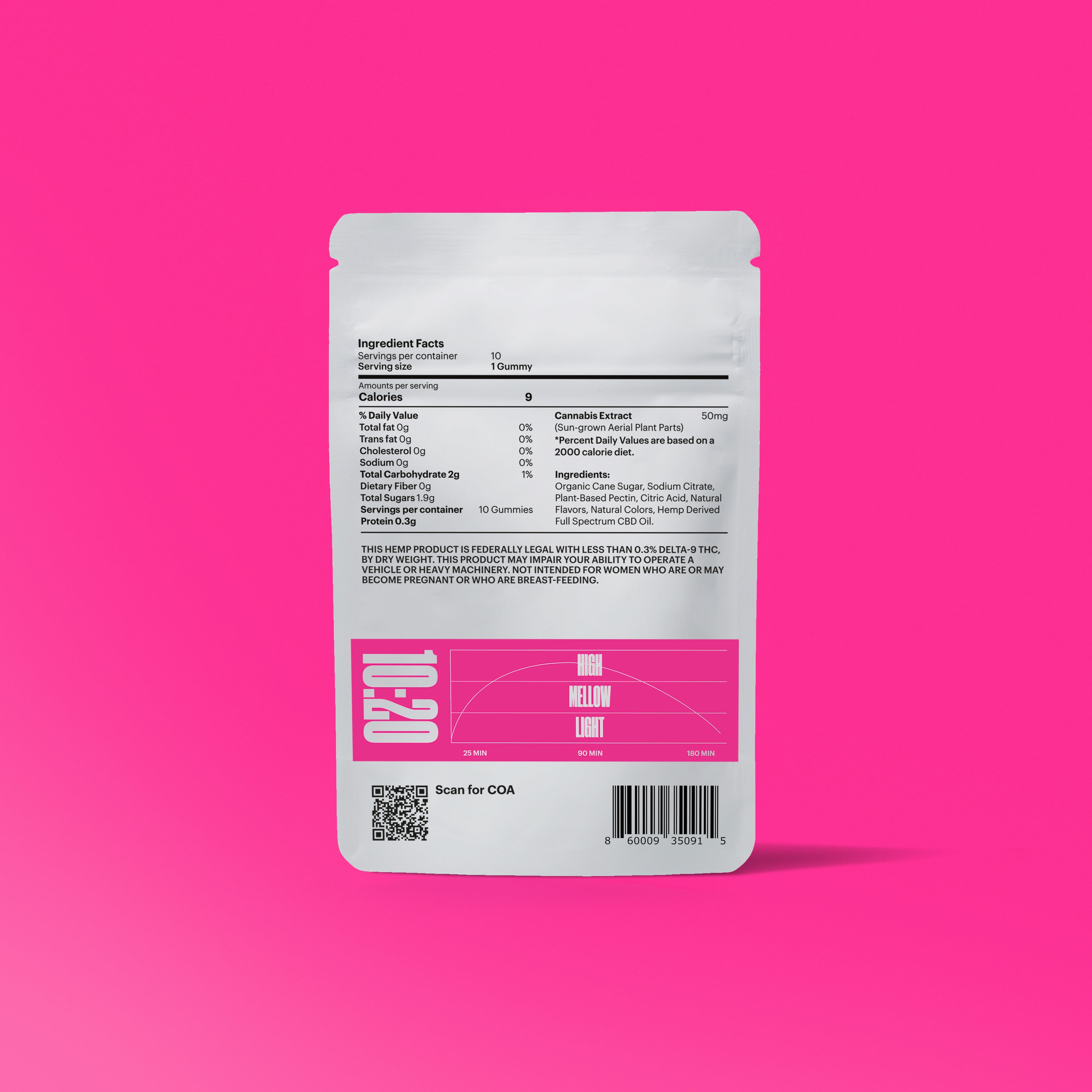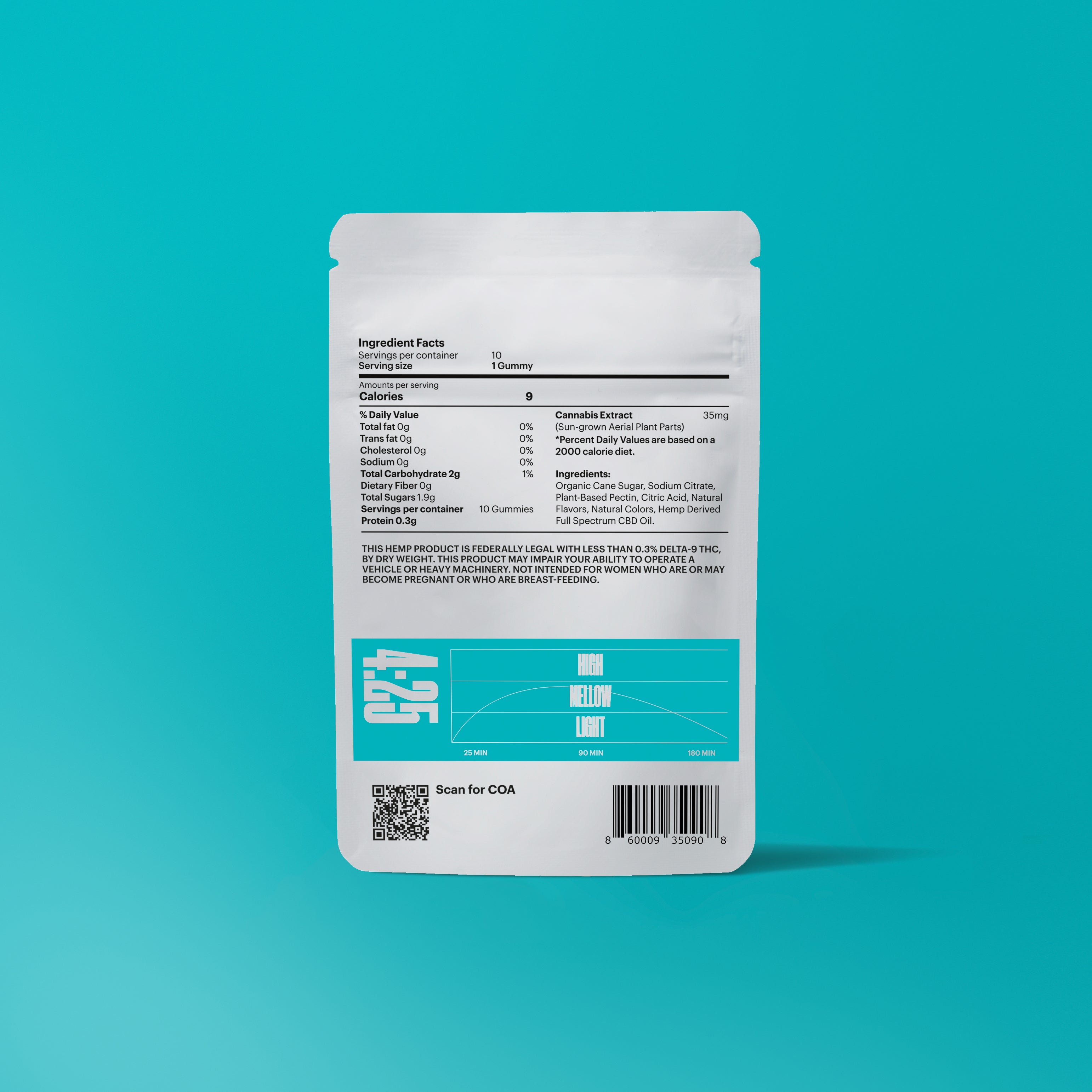Music lovers living in New York love to romanticize the scenes that came before them. Whether you wish that you could’ve seen The Velvet Underground & Nico at Max’s Kansas City, Talking Heads at CBGBs, the Beastie Boys at Danceteria, the list goes on.

Amanda Lepore on her Birthday, Bartschland, Working Girls Holiday Special,
Club Room at Soho Grand, December 2022
It’s no different for clubbers. Considering modern day nightlife started in New York City, many dancers fantasize about what it might have been like to see David Mancuso at The Loft or Larry Levan at the Paradise Garage. Meryl Meisler is someone who was there. If you were to play 1970s club bingo, Meisler would probably win. From the Copocabana to Studio 54, Xenon to Infinity, Palladium to the Mudd Club, she’s ticked them all off. As a young photographer, she often took her camera and captured the hedonism of disco’s heyday.

In the three photobooks she’s published, A Tale of Two Cities Disco Era Bushwick (2014), Paradise & Purgatory: SASSY ’70s Suburbia & The City (2015), and New York PARADISE LOST Bushwick Era Disco (2021), she’s featured photos of famous faces like Andy Warhol, Grace Jones, and The Village People, next to photos of the rubble and decay of Bushwick where she was teaching in the 80s.

Flash forward four decades and Bushwick is now the clubbing capital of New York. No one was more surprised than Meisler to see the neighborhood change. Now in her 70s, Meisler has been going out once again, photographing clubs like House of Yes and 3 Dollar Bill. To her, they are intertwining strands of the same story.
In her new exhibition, Simply Scintillating: A Retrospective, Meisler gives disco lovers a look into what it was really like back in the day, and how the clubs of today compare. From September 14 to November 4, Meisler’s photos from then and now will be showcased side by side at Chelsea’s CLAMP gallery.

CopaCabana, February 14, 1977
Lauren Murada spoke to Meisler ahead of the show opening to learn more about parties of the past and how they’ve inspired our current clubbing state in New York.

March 1978
What were your first impressions of the clubbing scene and the disco scene when you moved here?
The first big clubbing, disco party I went to was on Valentine’s Day, 1977. It was through a photography professor who told me about this event called Coyote Hookers Valentine’s Day Ball and Coyote stood for ‘Cast Off Your Old Tired Ethics’. It was basically this party run by this woman called Martha St James who was starting a sex workers union. It was at the Copacabana. I don’t even know how I got myself in there. I put on my girl scout uniform and it was just this wild, wild, amazing disco event in a huge club. Obviously I’d heard disco music around and I had been to some clubs when I was in Wisconsin, and things like that, but disco was the sound. Everyone was in incredible costumes, of all different ages and all different colors. You had many different backgrounds. You had a lot of sex workers. It was just great music, great fun, and I loved it. From then I was hooked.
From there I went to Mardi Gras and I met this woman on the bus coming back, Judith, who goes by the name JudiJupiter. We came back and thought we’d do some photography projects (together). She had a boyfriend at CBGBs. Then, Studio 54 opened and we wanted to go. She got us in, she called up and said we were photographers so they put us on the press list, and it was phenomenal. Then, the door person liked us, so we could go in all the time. I liked it much better, you know CBGBs was fun but this was dancing but I wasn’t a punk. I loved the big club scene and all the glamorous, exotic people. They had fantastic music and fantastic soundsystems, and decor and themes.

By the way that you’re talking, it does sound like it really was as opulent as they made it out to be.
I found it fascinating. Each night was a different experience and I’m glad I bought my camera along a lot of the times. I didn’t take it all the time - I was at Palladium, why didn’t I take my camera? I was at the Mudd Club, why didn’t I take my camera? But I’m glad I did what I did. To me it was as phenomenal as described. You never knew who you were going to run into.
When you say, you never knew who you’d run into, do you have pictures of people like Grace Jones? Who were some of your favorite people to run into on the dancefloor?
Anyone who went to dance, it didn’t have to be a famous person. The DJs would work the crowds and it was fun exploring different areas. It was always an adventure.

How did a big club like Studio 54 compare to somewhere like the Paradise Garage?
I didn’t really go to the Paradise Garage that much. I do recall there was a club called GG Barnum’s that was truly different than others because it was more of what we now call a trans community and people of color. So that one I noticed. For me, the clubs that I liked were mixed.

When you started going through all your old negatives, how was it finding all those old pictures and taking trips down memory lane?
The reaction to them is most exciting. (Back then) I was not alone, there were a lot of photographers, there were a lot of paparazzi. I was not a paparazzi. I wasn’t getting my work published (back then). When I came up with the concept of juxtaposing Bushwick and the disco scene, I just knew that the work went together. It was exotic and new. I had an epiphany. I was surprised by how much the combinations worked but then I was very surprised by outsiders' reactions, and said they found them unique and different from other peoples' visions of similar scenes. There was the first book I did on the subject that sold out (A Tale of Two Cities: Disco Era Bushwick). I was proud of myself.
As you should be. It’s an amazing snapshot in time, I think.
Thank you. As I’ve come back recently to photographing nightlife again, I’ve realized how challenging it is.

Yes, a lot of clubs have got the fog going and the strobe lights…
Yes it really is difficult. Just recently I said I would get one of those headbands so I could see. Especially, working with film, you’ve got to stop and reload the film and do it in the dark. I feel like there was more light back then (in the 1970s), or maybe my eyes have changed, but I find the clubs are darker now, it’s harder for me to load film. But maybe I just don’t remember. And when I was younger, I was dancing at the same time, it was even harder.
You’ve got some skills, for sure.
Youth!

Having shot Bushwick back in the 80s, you saw first hand the decay of the neighborhood back then. Was it surprising for you to see that Bushwick is now the clubbing capital of New York?
Oh, it shocked me. I mean, that was also the epiphany. A place that no one wanted to go to. The only clubs I heard about was a hispanic nightclub where sometimes people would have proms. Even when I started showing my Bushwick work in Bushwick in 2010, even then it was surprising that gay people were moving there. It surprised me even then that a drag scene had emerged. It was the shock of it that made me realize that my worlds collided. It was very fascinating. A place that people didn’t want to go to, now it’s the hotspot to party.
I haven’t been to that many new places; I’ve been to 3 Dollar Bill and House of Yes, none of those places are as large or spacious as places like Xenon or Infinity or Studio 54 or the Paradise Garage. But then again, there was such a recession in the 1970s, there were so many empty spaces so it was less expensive.
You just mentioned the recession and all the empty spaces back in the 70s, do you think the clubbing and disco scene could have existed without that environment?
It’s a combination. Like, why did it happen in New York and why did it happen then? It’s also the event of technology that changed music. Technologies changed how people made music and how they played music. Just like when the jazz age came, it was radical. What I learned is that the DJs are mixing things live and a DJ is a musician. It’s not just playing something that is recorded, it’s what you do with it. Fortunately some people recorded those things (DJ sets). The music was great and it made you want to dance.

How would you compare the crowds and the people from back then to today?
I’m not going to that many places but if anything I’m attracted by what looks similar - they’re reminiscent or paying homage to. That I recognize more than anything. I was conscious when I was going out in the 70s, there was this photographer called Brassaï, he photographed Paris in the 30s, the club scene and a lot of the same sex club scenes, and I felt like I was Brassaï. I was inspired by him to take pictures. You’re a young person and you’re in a grown up world. I was one of the younger people in the clubs, friends with people of different ages, so it was exciting. So I notice the things that seem in the same traditions.

Do you think that spirit is still there?
I think it’s been there since cave times. One cave had louder music and they were dancing harder.
I am honored that the few times when I would go to something at House of Yes, people actually knew who I was. That shocked me. And then the photographer there said to me, ‘your work is like the bible’, and I was like, ‘really?’. So I decided, I should be coming back more, you know, I should go out every once in a while. I thought, I like it, it’s fun. In the 70s, there was a woman named Disco Sally. She was like 78 years old, she was a widower, and decided not to feel sorry for herself, and she was like the belle of the ball. When I was turning 30 I thought, I don’t want to be the old lady at the disco. Other things happened in my life; I was in a serious relationship, I was teaching full time, the disco scene was also getting grungier. There were many changes. But then realizing, as I go out again now, I now understand why Disco Sally did it. I mean, I’m almost her age and I get it, it’s fun.
Another thing is, from the clubs that I’ve gone to, if you get in line and pay, you can get in. It’s more open.

So between your photographs of the New York clubs in the 1970s and in the past five years, could you tell me about your shows at places like the Zillman Art Museum and Clamp.
Disco might be a little more familiar from movies and TV shows, but not my photographs, my photographs are odd or quirky. A modern print is next to something, 45, 40, years old, and you almost can’t tell the difference. Besides the fact that I’m shooting in black and white and it’s the same person’s vision, you can see the homage and the new twists, in terms of costumes, in terms of make up. You can’t hear the music but you can imagine it. There’s like a silent movie in all these images, disco is going and that’s the sound.
I’m thinking a lot about the nightclub scene when people ask me about my art. When young artists are asking me, ‘how do you stay in it?’ I say it’s important to have a community, who boost you up. The nightlife community, I think, is pretty solid - people are in it together and seem to be really supportive of each other and the people working in it. It’s hard work, and you’ve got to love it to do it. I’m fascinated now, going behind the scenes, seeing people getting ready. It’s a tremendous amount of work, people getting ready to perform. Nightlife doesn’t exist everywhere but in New York, we do everything the best.
 The Village People Stepping Out of the Grand Ballroom New York, NY, June 1978
The Village People Stepping Out of the Grand Ballroom New York, NY, June 1978
Meryl Meisler’s Simply Scintillating: A Retrospective opens at CLAMP on September 14, 2023. For more information about Meryl and her work go to her website.
